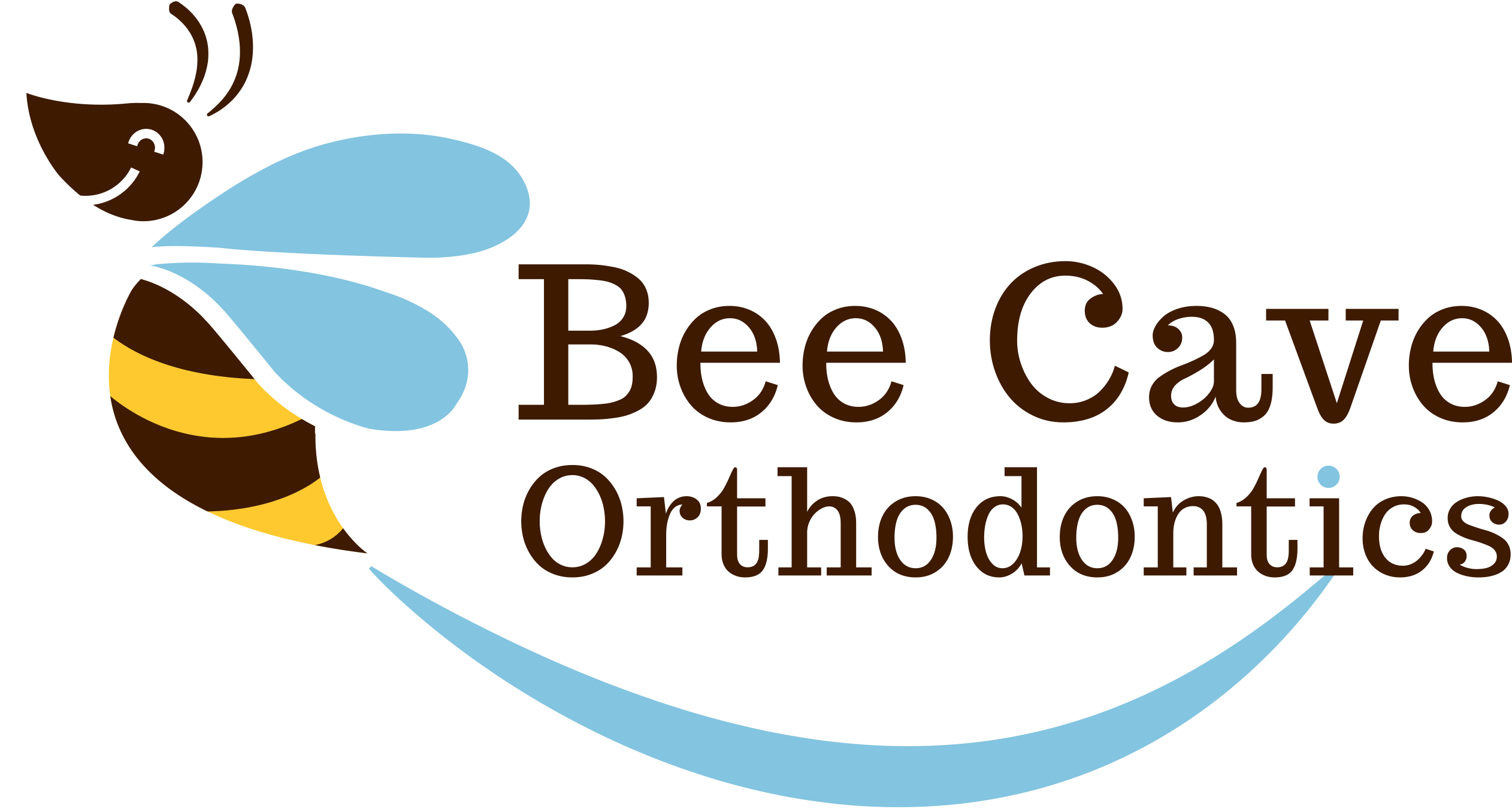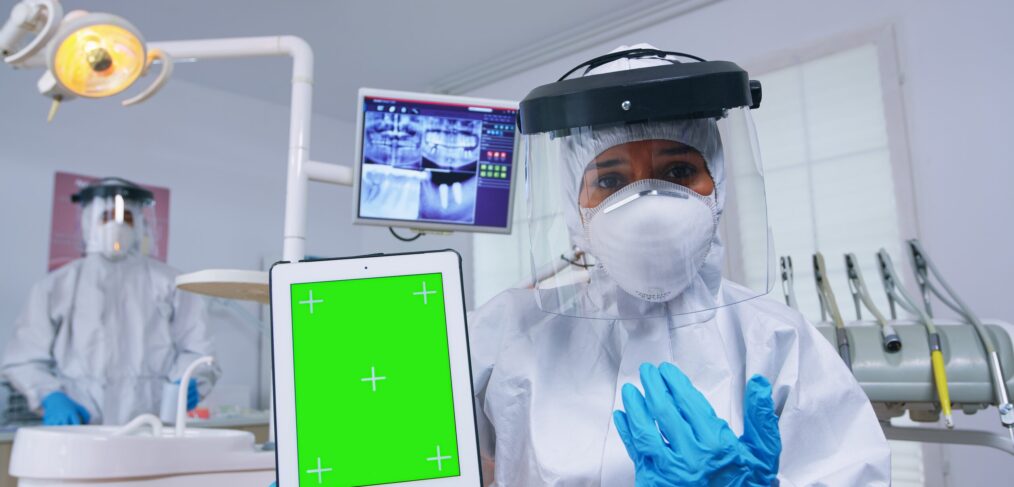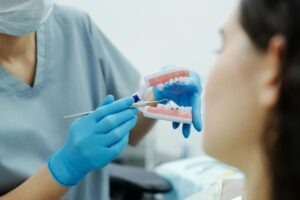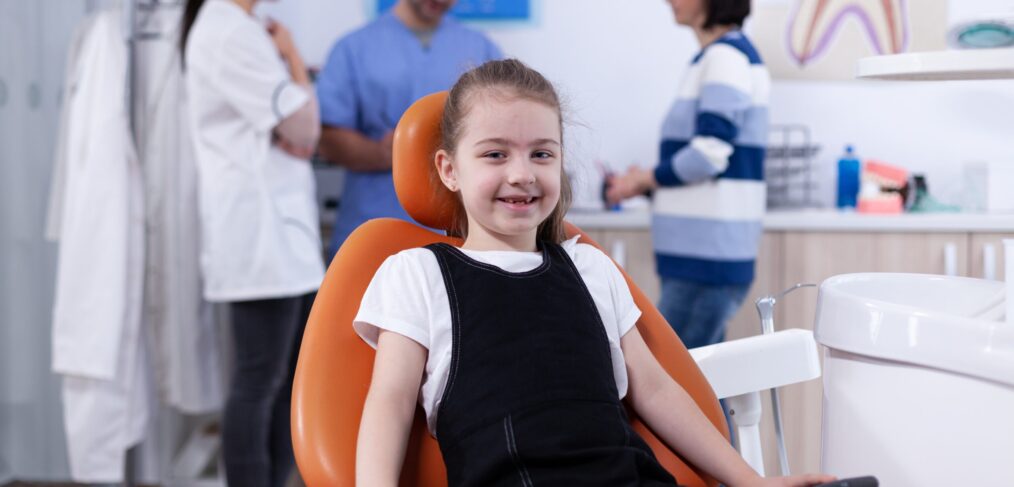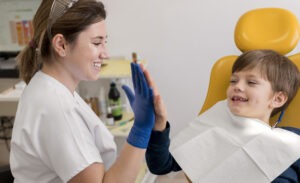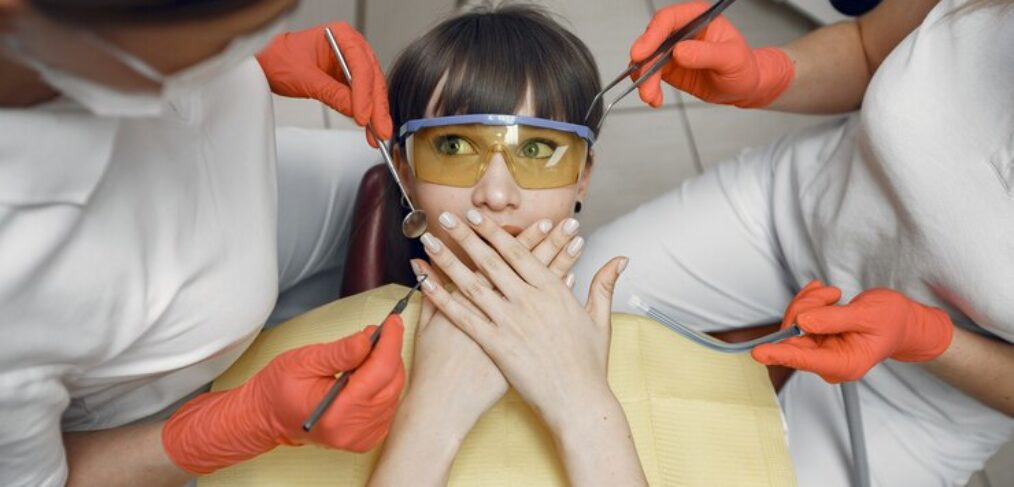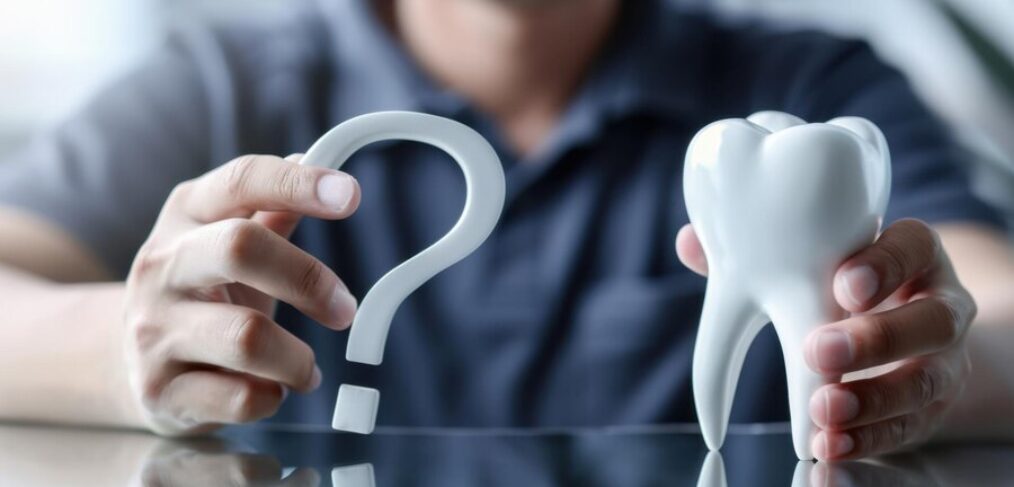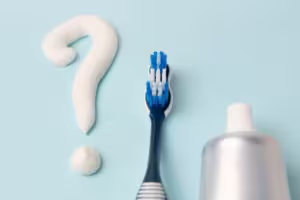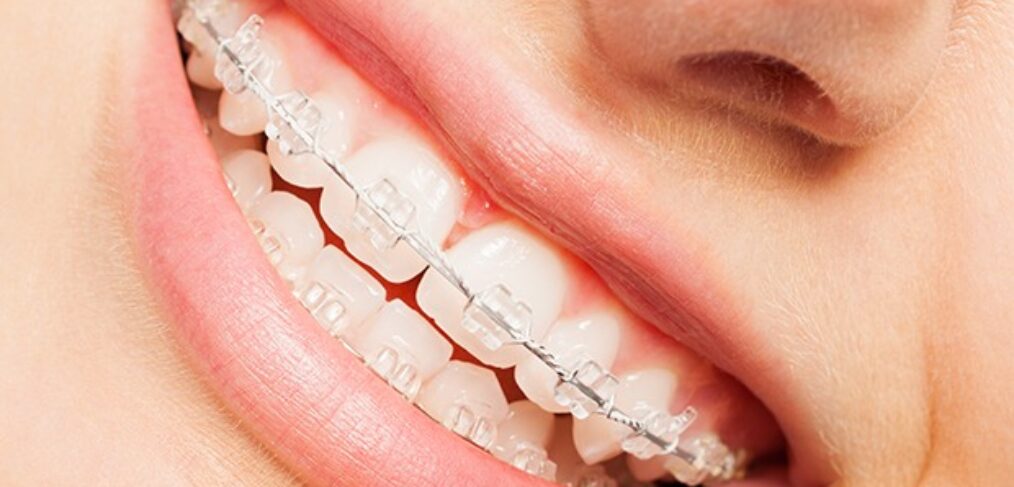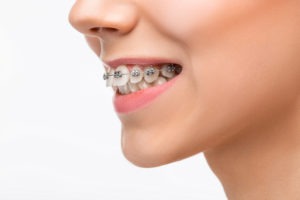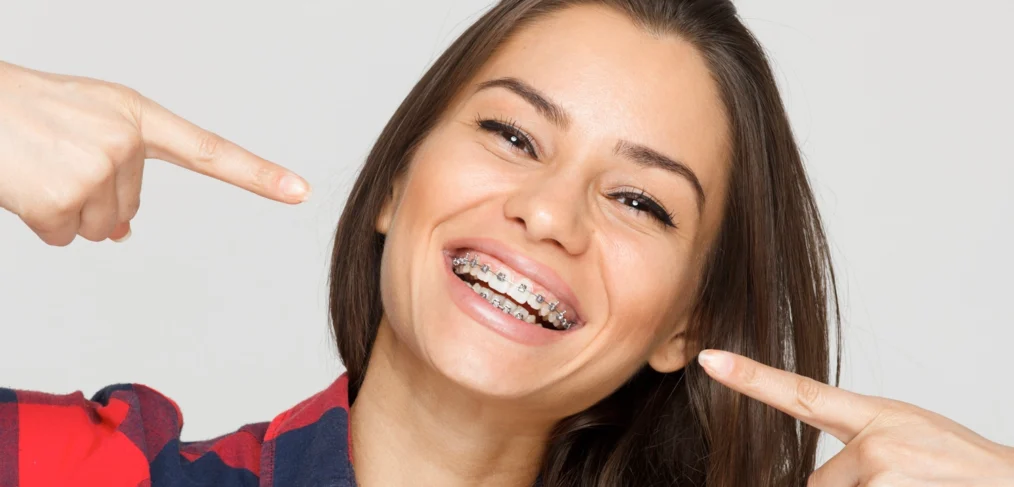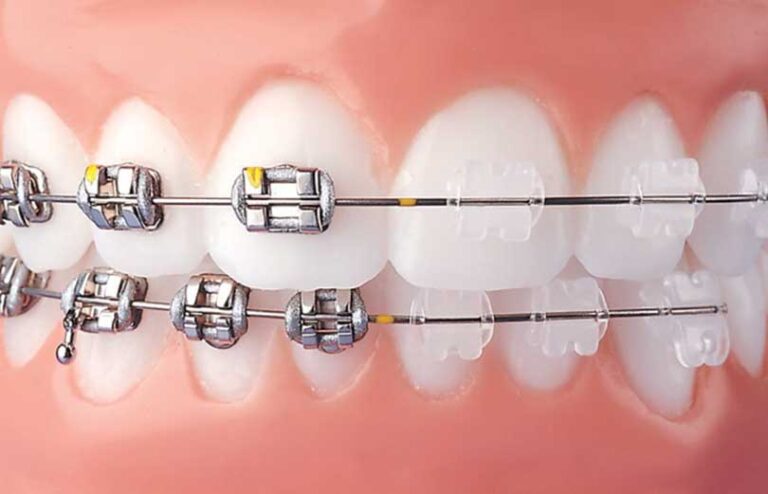Top 5 foods that promote a healthier smile, from crunchy fruits to dairy products. Learn how simple dietary changes can strengthen your teeth and gums – Bee Cave Orthodontics – Austin, Texas

Your smile is one of your greatest assets, and taking care of it goes beyond regular brushing and flossing. Did you know that the foods you eat can make a significant difference in maintaining a radiant, healthy smile? From strengthening your teeth to keeping your gums healthy, here are the top five foods to incorporate into your diet for optimal oral health.
1. Crunchy Fruits and Vegetables
Crunchy fruits and vegetables like apples, carrots, and celery work wonders for your teeth. These foods act as natural toothbrushes, helping to scrub away food particles and plaque. Additionally, their high water content stimulates saliva production, which is essential for neutralizing acids and protecting your enamel. Apples, often referred to as “nature’s toothbrush,” are an excellent choice for an on-the-go snack that benefits your smile.
2. Dairy Products for Healthier Smile
Dairy products, such as cheese, yogurt, and milk, are packed with calcium and phosphates that help to rebuild enamel and keep your teeth strong. Calcium is a critical mineral for bone health, and that includes your jawbone, which supports your teeth. Cheese is especially beneficial as it helps balance the pH levels in your mouth, reducing the risk of decay and cavities. Choose low-sugar options like plain yogurt to keep your gums healthy and maintain a balanced oral environment.
3. Leafy Greens
Spinach, kale, and other leafy greens are powerhouses for oral health. These greens are rich in vitamins and minerals, particularly calcium and folic acid, which are known to strengthen enamel and protect against gum disease. Folic acid is especially helpful for women, as it supports gum health during pregnancy. Add a handful of spinach to your smoothie or salad to enjoy the benefits of these green giants.
4. Nuts and Seeds
Nuts like almonds, walnuts, and Brazil nuts, as well as seeds such as chia and sesame, are excellent sources of essential minerals, including calcium and phosphorus. These minerals are critical for keeping your teeth and jawbone strong. Chewing nuts also stimulates saliva production, which helps to wash away bacteria and food particles. Just be sure to choose unsalted options to avoid unnecessary sodium intake.
5. Water
It might not be a “food” in the traditional sense, but water is one of the most important elements for a healthy mouth. Drinking water throughout the day helps rinse away food particles and bacteria, preventing plaque buildup and cavities. Additionally, water aids in saliva production, which plays a crucial role in protecting your teeth and gums. Opt for fluoridated water if available, as it adds an extra layer of protection by strengthening enamel.
Make Your Smile Shine Brighter Now
Incorporating these foods into your diet can significantly improve your oral health, but remember that they work best alongside regular dental care. Start with a healthier smile today and experience the benefits firsthand.
Schedule a free consultation now and take the first step toward a healthier, more confident smile. Our team is here to guide you on the journey to optimal oral health!
Want to get to know us a little better? Check out our YouTube Videos!
